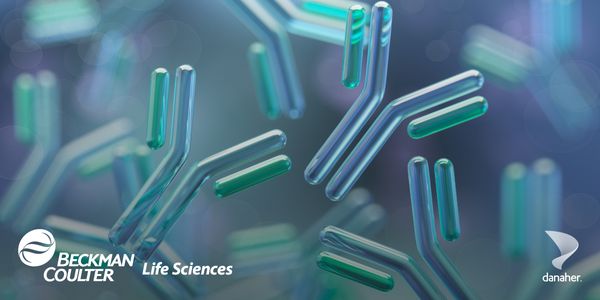AI-Powered Insights into Brain Pathology and Neuroinflammation: Enhancing Precision and Speed of Histopathological Analysis for Preclinical Research
Neurodegenerative diseases, such as Alzheimer's Disease (AD) and Parkinson's Disease (PD), are a growing societal burden as the aging population increases. Several neuropathological processes, such as neuronal cell death, neuroinflammation, and aggregate deposition, are routinely assessed in preclinical research to evaluate new therapies using animal models. However, accurate and reproducible characterization of histological samples is labor-intensive and time-consuming.
In recent years, artificial intelligence (AI) has become a key tool in complex data analysis. Convolutional neural networks (CNNs) have enabled computers to interpret visual data, improving efficiency and consistency in histopathology by performing automated, unbiased image analysis. CNN algorithms have been used to detect AD markers, such as amyloid plaque deposition, and in PD, they are used to quantify dopaminergic cells in the substantia nigra. Automated analysis using CNNs has proven comparable to manual methods.
We describe a pipeline for training, validating, and using CNN-based models for high-throughput, unbiased immunohistological analysis in mouse brain. We utilized Aiforia®, a commercial cloud-based AI platform, to train CNNs to detect key neuropathological markers relevant to preclinical PD research. These CNNs provide anatomically localized information without requiring manual annotations, offering a faster and more reliable method for analyzing histological data.
Learning Objectives:
1. Explain how AI-driven tools can help streamline preclinical immunohistological analysis.
2. Discuss why validation of new AI-based tools is essential.
3. Compare the advantages and disadvantages of manual analysis methods versus AI-based automated methods.






